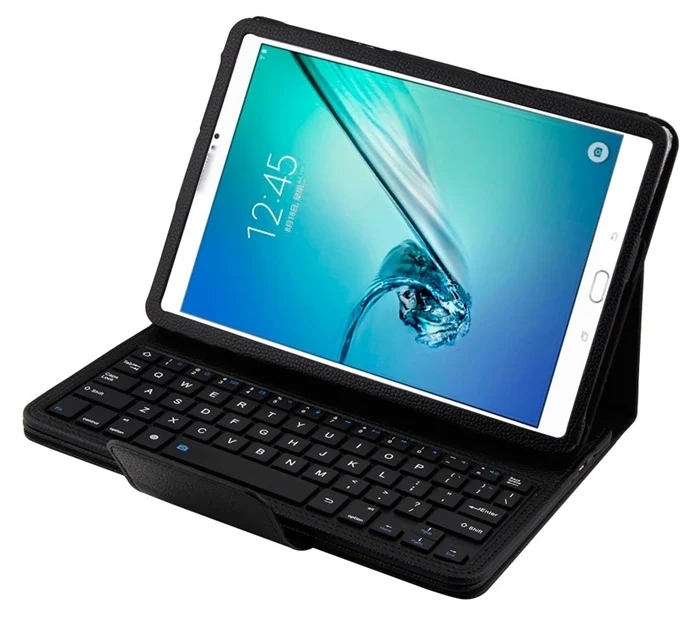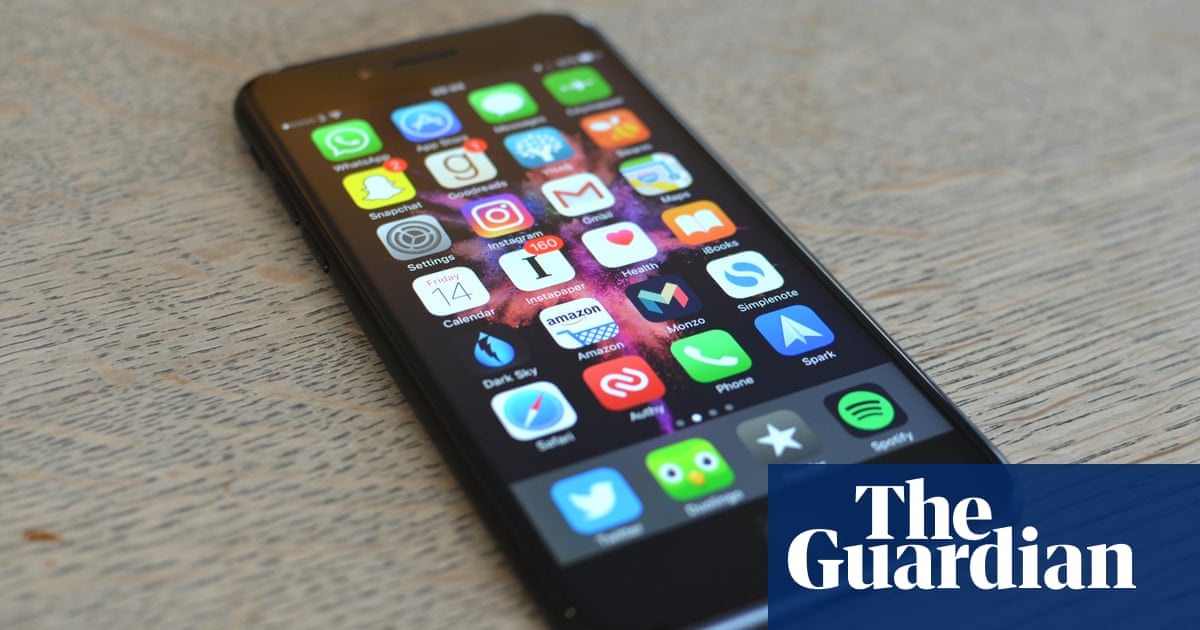

Now you can have fun with commands like: airodump-ng -i eth0. Sometimes unexpected things might go wrong and you might end up with a device that is no longer functional.īe warned and please take the responsibility yourself-it is your own risk and no one else can be held responsible.

We havent tested it yet, but if you have a phone with one of those chipsets (and you most probably have one), it should also work on your phone. We currently have a patched firmware for the following chipsets. Having this knowledge, it took us only a few more days to get a first working version of the monitor-mode-enabled firmware. So we started reverse engineering the firmware and after a few weeks we had a decent understanding of the packet receiving process. We concluded that in order to receive full 802.11 frames, a change to the device firmware is needed. The reason that those chips are so common in smartphones is that they combine every short-distance communication needed for those devices, and more importantly - they offload most of the protocol overhead to a dedicated processor, and communicates with the linux device with simple ethernet packets.Īt first, we compiled the driver in debug mode, and noticed that the module strips the 802.11 headers in hw and sends only ethernet packets to the linux device.

The short answer is that most of the common smartphones use the same chipset made by broadcom, named bcm4329 or bcm4330, and broadcom never added the support for monitor mode.


 0 kommentar(er)
0 kommentar(er)
